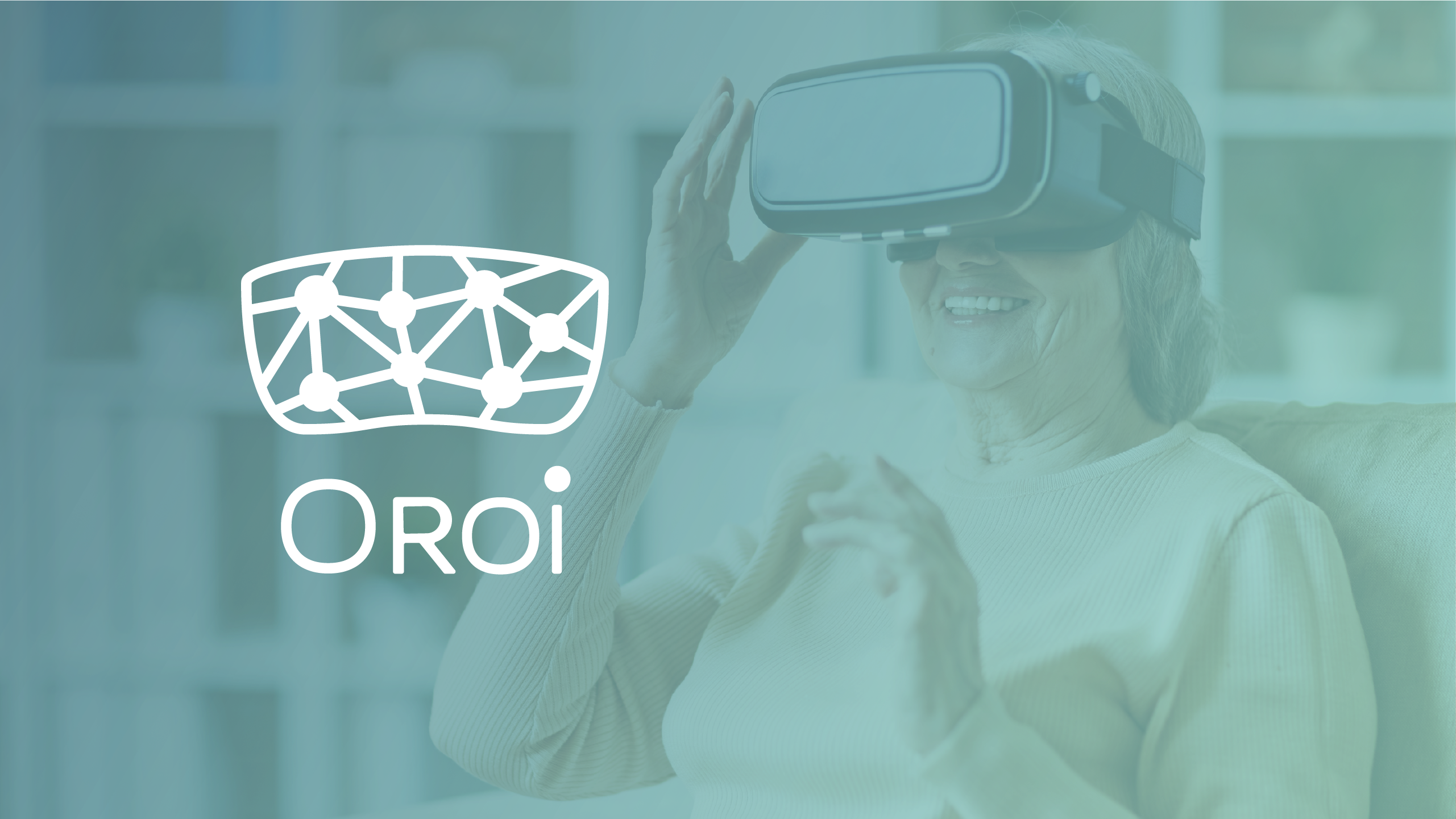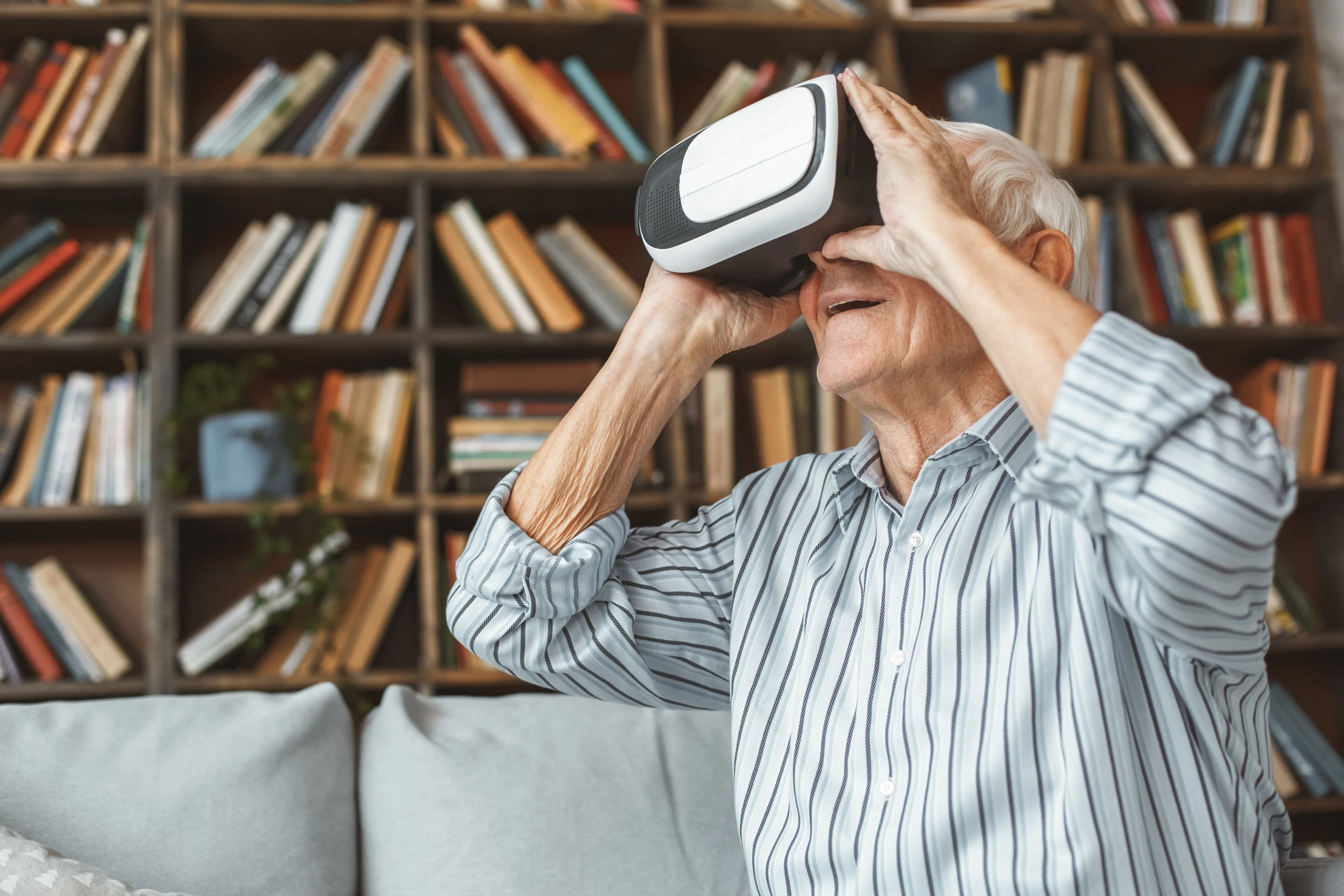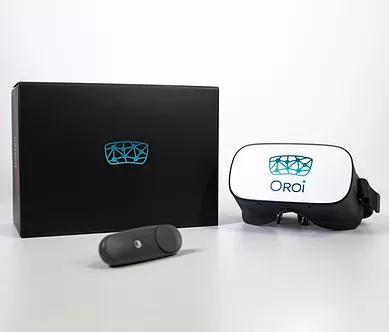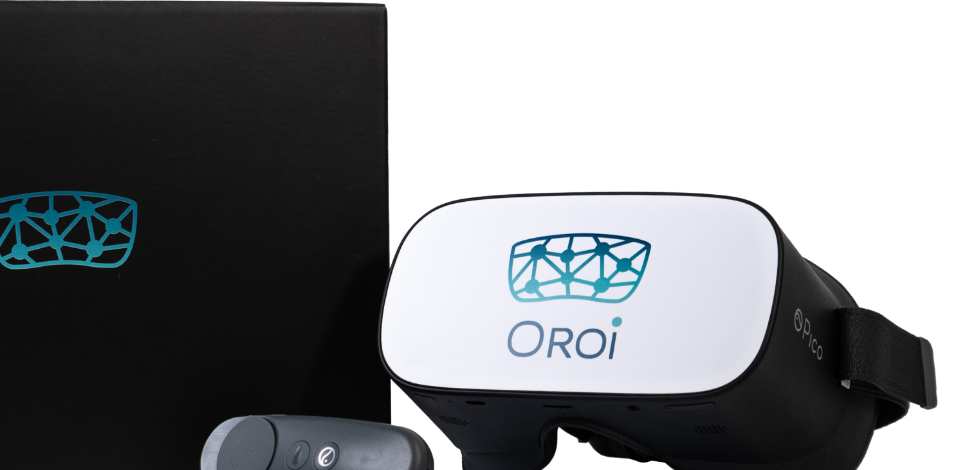News
Virtual Reality in physiotherapy
Adriana Gómez - - 3 Min.
Hoy hemos querido adentrarnos en el sector de la fisioterapia, en qué papel cumple la tecnología en este sector y qué posibilidades tendría la realidad virtual en este tipo de terapias. Para ello, hablamos con Julen Lazcanotegui, fisioterapeuta con un máster en investigación. Ha centrado su investigación en pacientes con Accidente Cerebrovascular, concretamente en el correcto cribaje de los mismos con el objetivo de disminuir su riesgo de caídas. Actualmente, ha comenzado su doctorado con el objetivo de conocer cómo interactúa la realidad virtual en la población de mayor edad, tanto con patología, como con aquellos que no la padecen.
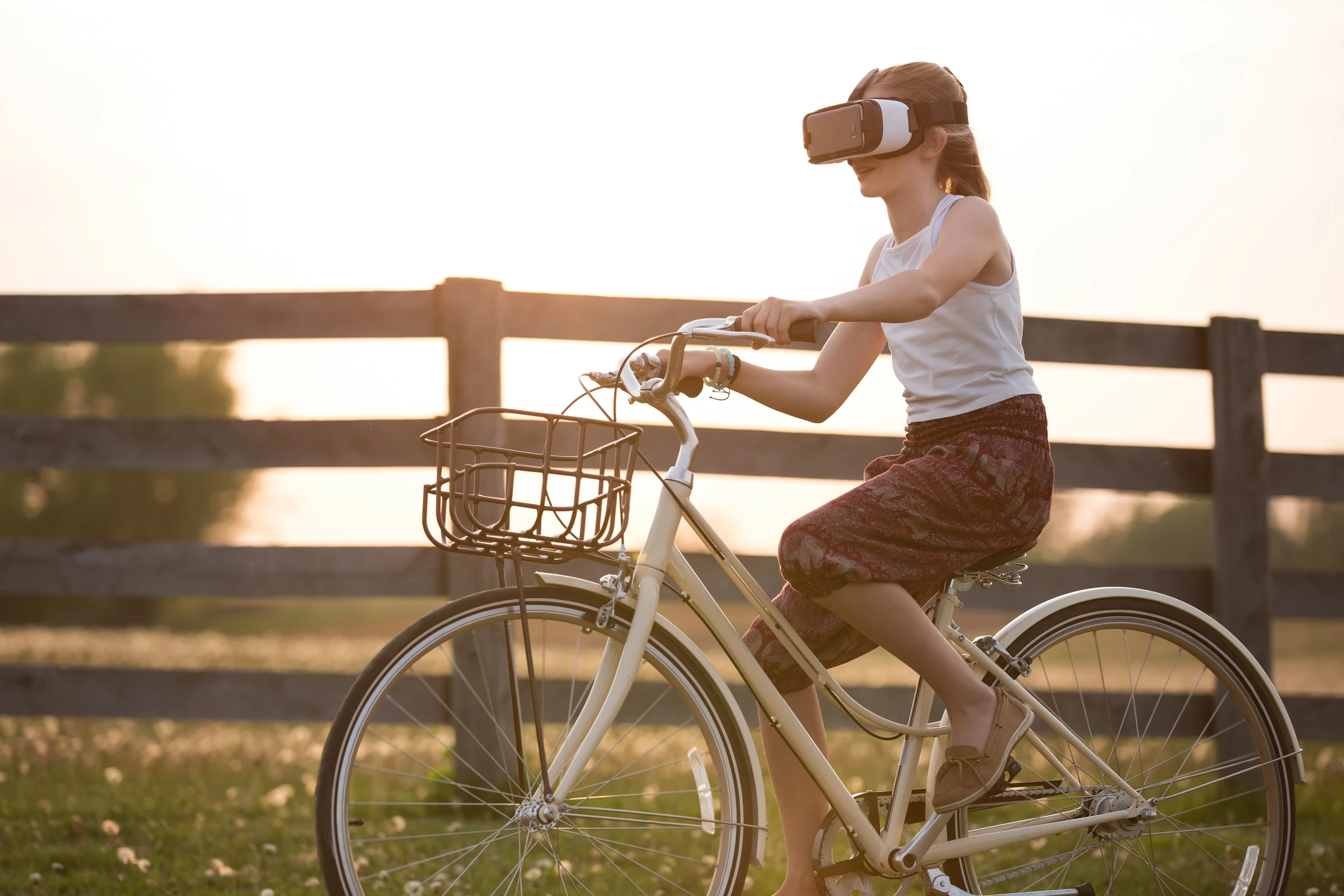
Virtual Reality in physiotherapy
Today we wanted to take a closer look at the physiotherapy sector, the role of technology in this sector and the possibilities of virtual reality in this type of therapy.
To do so, we talked to Julen Lazcanotegui, a physiotherapist with a master's degree in research. He has focused his research on stroke patients, specifically on the correct screening of these patients with the aim of reducing their risk of falls. Currently, she has started her PhD with the aim of finding out how virtual reality interacts with the elderly population, both with pathology and those who do not suffer from it.
What is the place of technology in physical rehabilitation today?
We are in a time of transition for physiotherapy, therefore, as in all major changes, there are people who are more and less advanced and adapted to them. At the moment we can see how in the rehabilitation area of many hospitals there is no technology that is less than 20 years old. On the other hand we have physiotherapy centres that have the latest equipment to try to make their clinical practice more effective.
Just as medicine did in its time, physiotherapy needs to modernise, to move from using techniques "because they work for me" to proving their effectiveness through research. In this new era of physiotherapy is where the new technologies that we are developing today are going to play a greater role.
How do you think the position of technology in rehabilitation will advance?
I think it will go from being a complement to an essential, it will always be necessary for the physiotherapist (properly trained for it), to be part of both the development and the treatment with these technologies.
The aim of these technologies is to replace what the therapist cannot do with his own hands, supporting him and improving his results enormously.
In the area of neurological physiotherapy, advances are allowing us to explore tools that we did not know about until now, from regulating the Autonomic Nervous System (ANS) to the use of virtual reality to promote neuroplasticity in our patients.
What benefits do you think virtual reality could bring to rehabilitation?
In my opinion, virtual reality is a fundamental component of effective cognitive stimulation. This technology allows us to shape the environment our patient perceives according to their needs and abilities. The phenomenon of neuroplasticity is the ability of our neurons to form new connections. This phenomenon is key in neurological rehabilitation, both in the presence of pathology and in healthy elderly people whose cognitive abilities are impaired.
To stimulate this neuroplasticity, one of the tools at our disposal is the enriched environment.
Let us imagine that we are in a room, it is empty, without furniture, there is no noise and we cannot leave the room. The time it takes to get bored of this place is short, there are few phenomena that can distract our attention or pose a danger, therefore our brain does not need to be constantly alert and its stimulation is less.
Now, we change terrain and find ourselves in a mountain, with its plants, smells, animals moving everywhere and the sound of nature in the background. It is logical to think that in this second situation the stimulation of our brain is greater, on the other hand, we still think it is a good idea to carry out an exercise programme within four white walls, always with the same decoration, exercises and order.
This is where virtual reality comes in, a tool capable of making us travel to different areas in just a few seconds, allowing the therapist to choose and change both the training that the patient is going to do and where he/she is going to do it and how the environment is going to interact in this session.
What would the incorporation of this type of therapy mean for the professional?
The incorporation of this type of therapy opens the door to the personalisation of cognitive and physical work sessions for patients who cannot carry out these activities in environments with large stimuli, either for safety or for comfort.
In the coming years, it will be the job of companies to design great tools for rehabilitation and of therapists to be trained to use them correctly, always participating in their development so that the final result meets the needs that we as physiotherapists observe in our patients.
And for the patient?
For the patient, these tools will not only help to achieve better results, but also to do so in a more dynamic and fun way, with the guarantees that research offers us.

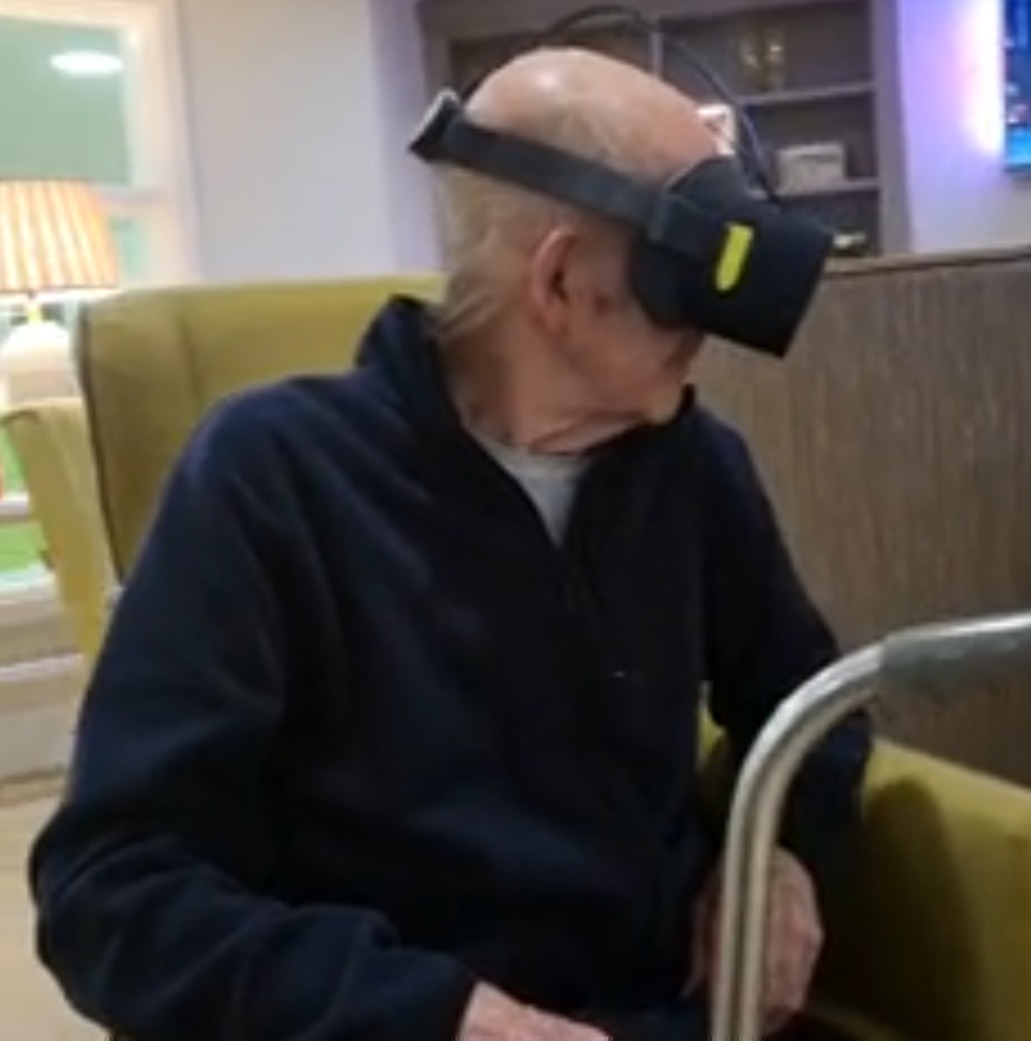
News
Retired ship engineer Ian rekindles his love of the sea during a virtual reality tour with Oroi

News
VR Elderly care Company, OROI, Appoints Linda Hypky as Marketing and Sales Manager in Germany
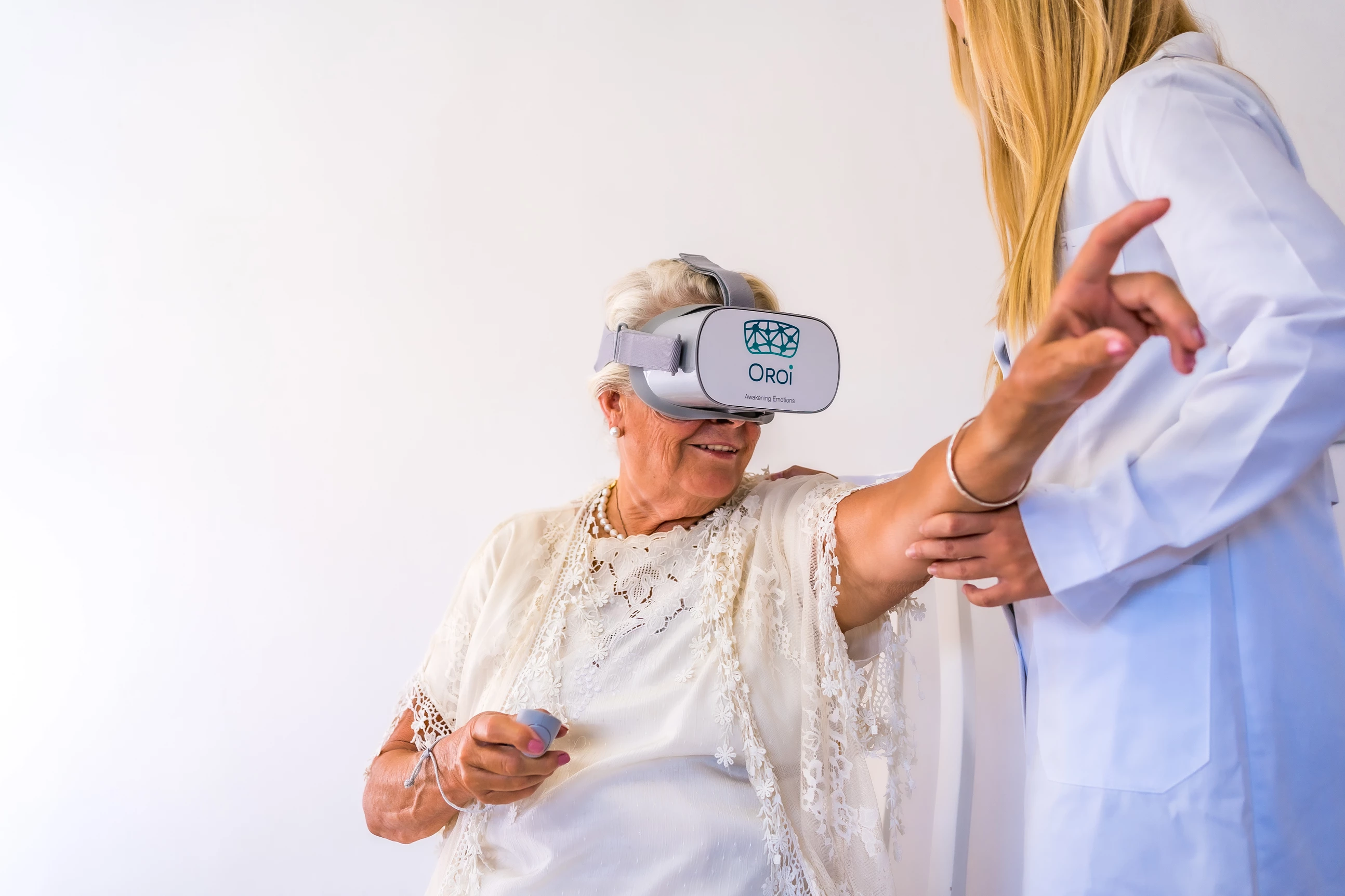
News
Its use started with computer games and is now an important part of the medicine and care sector- VR

